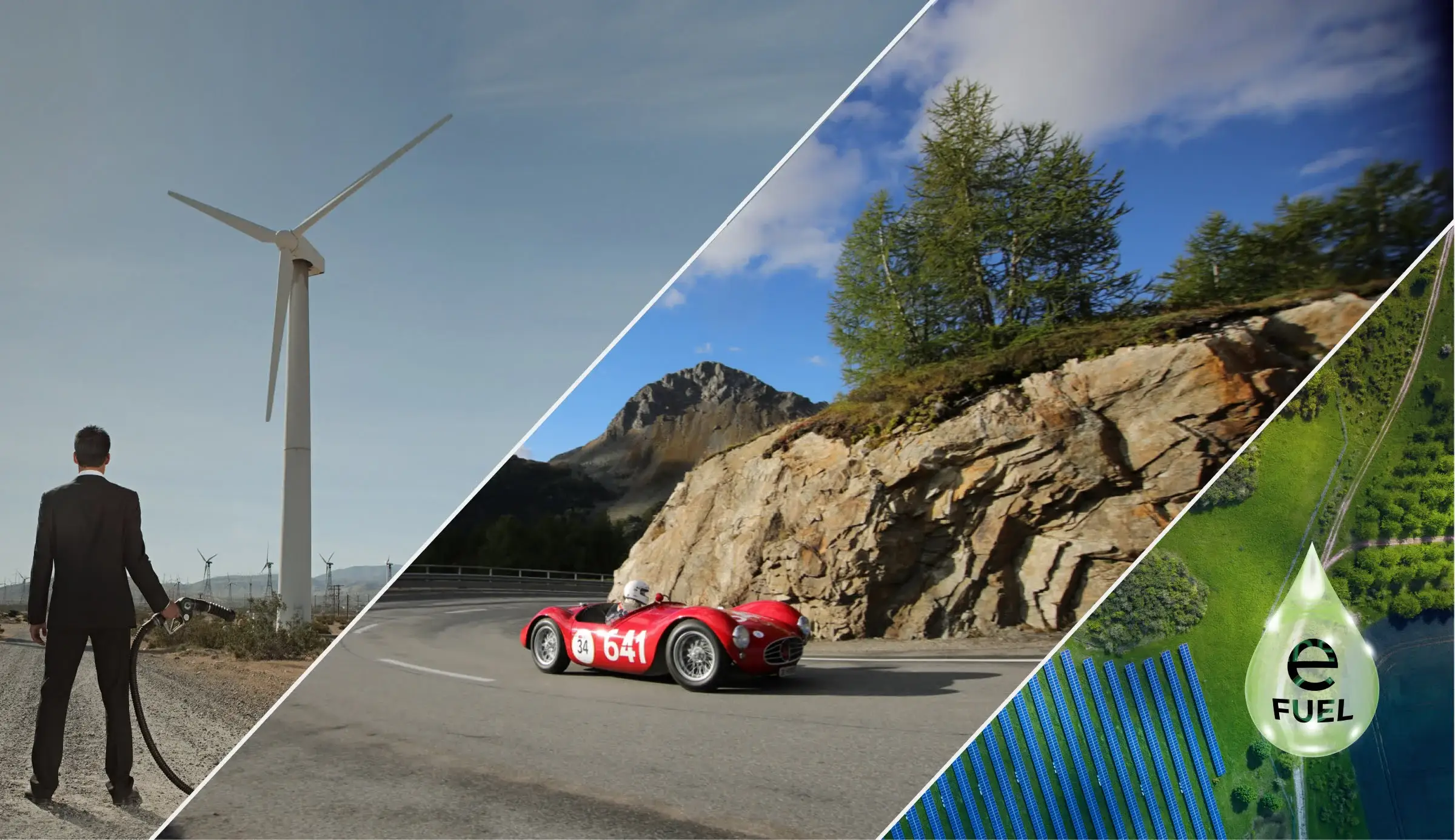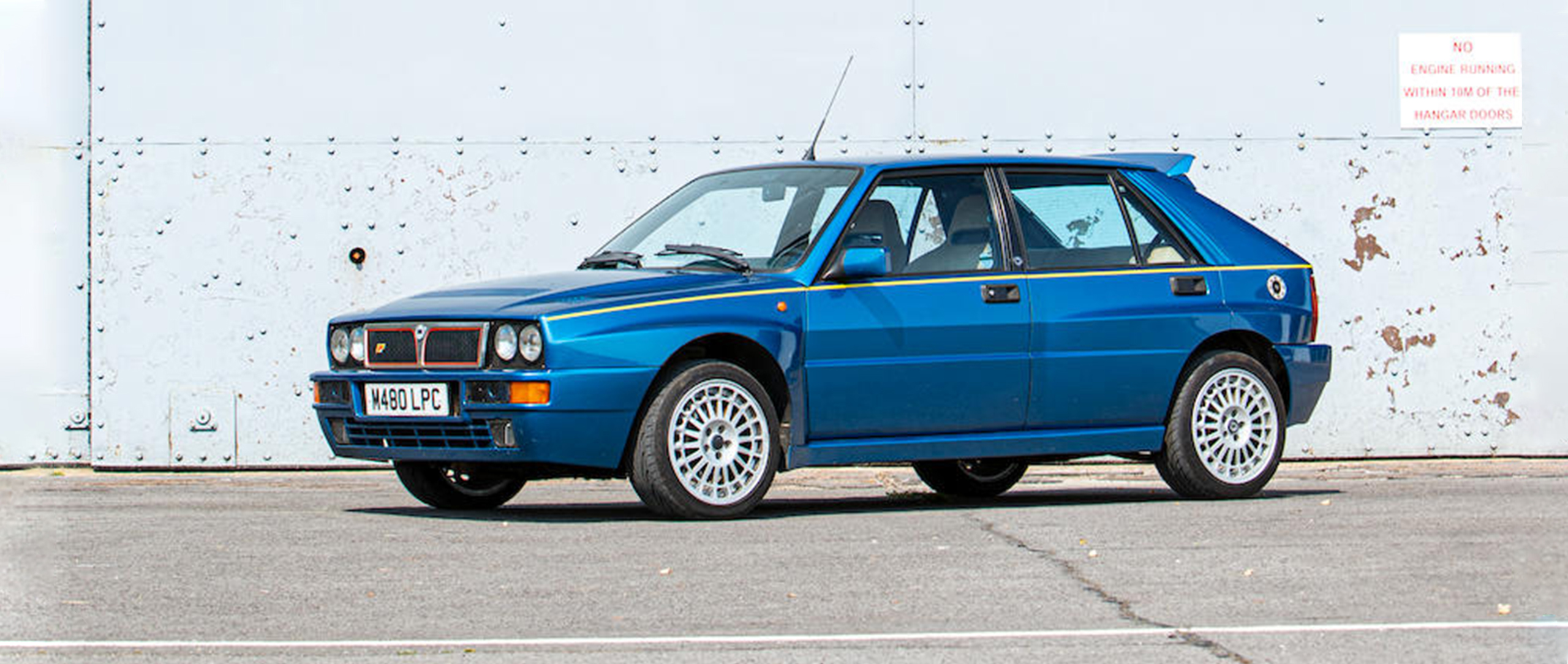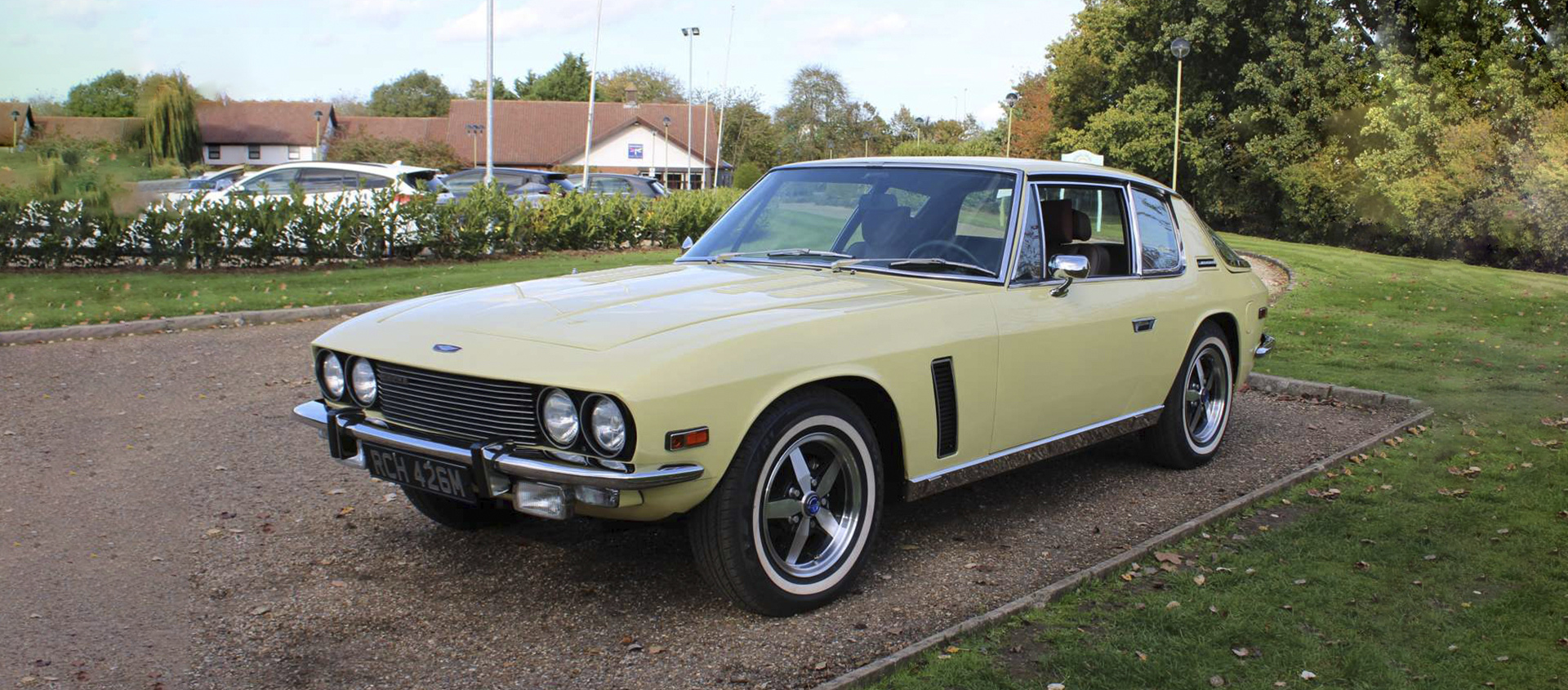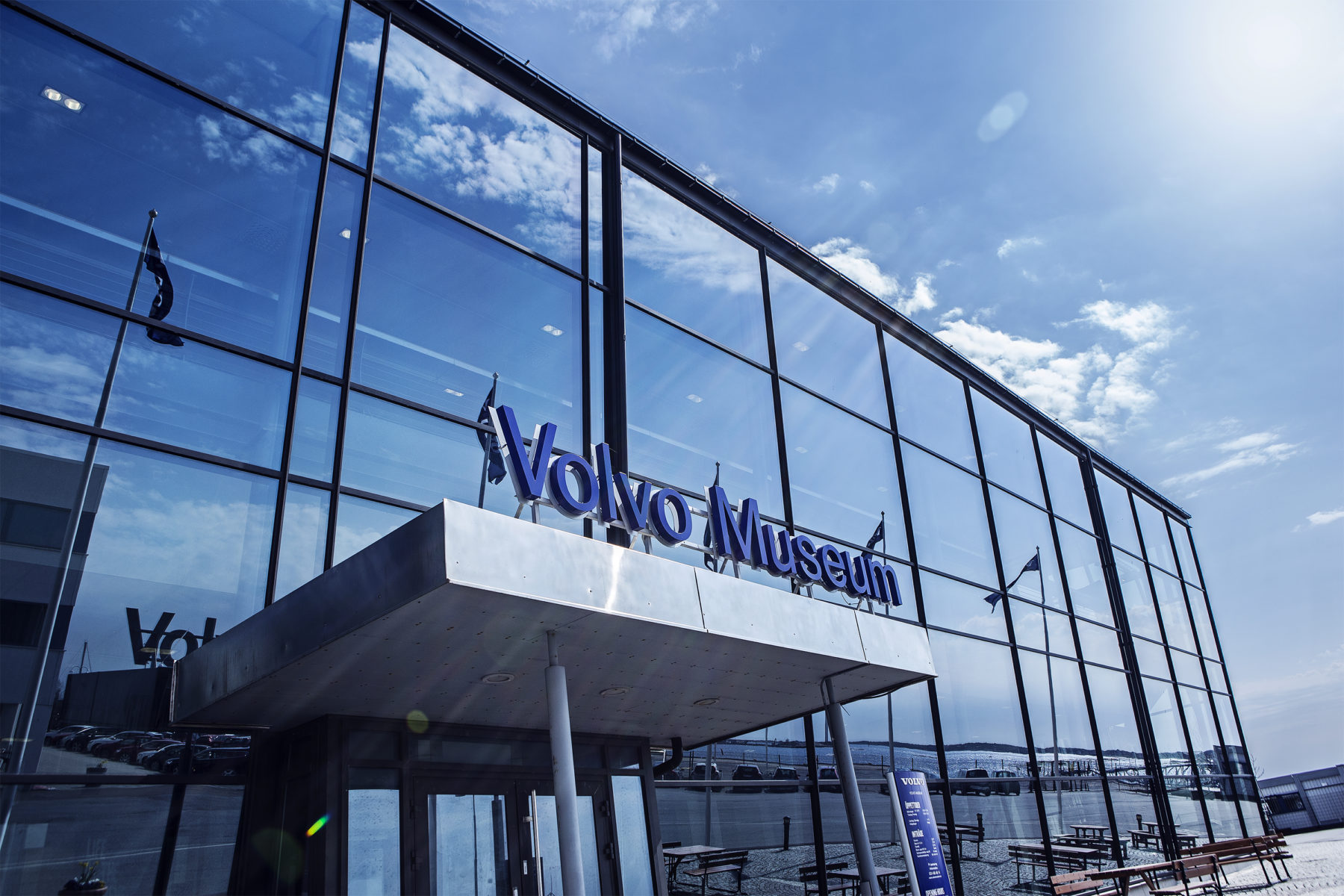Volvo P220 Amazon. When luxury is a station wagon
20 May 2020 2 min read 4 images
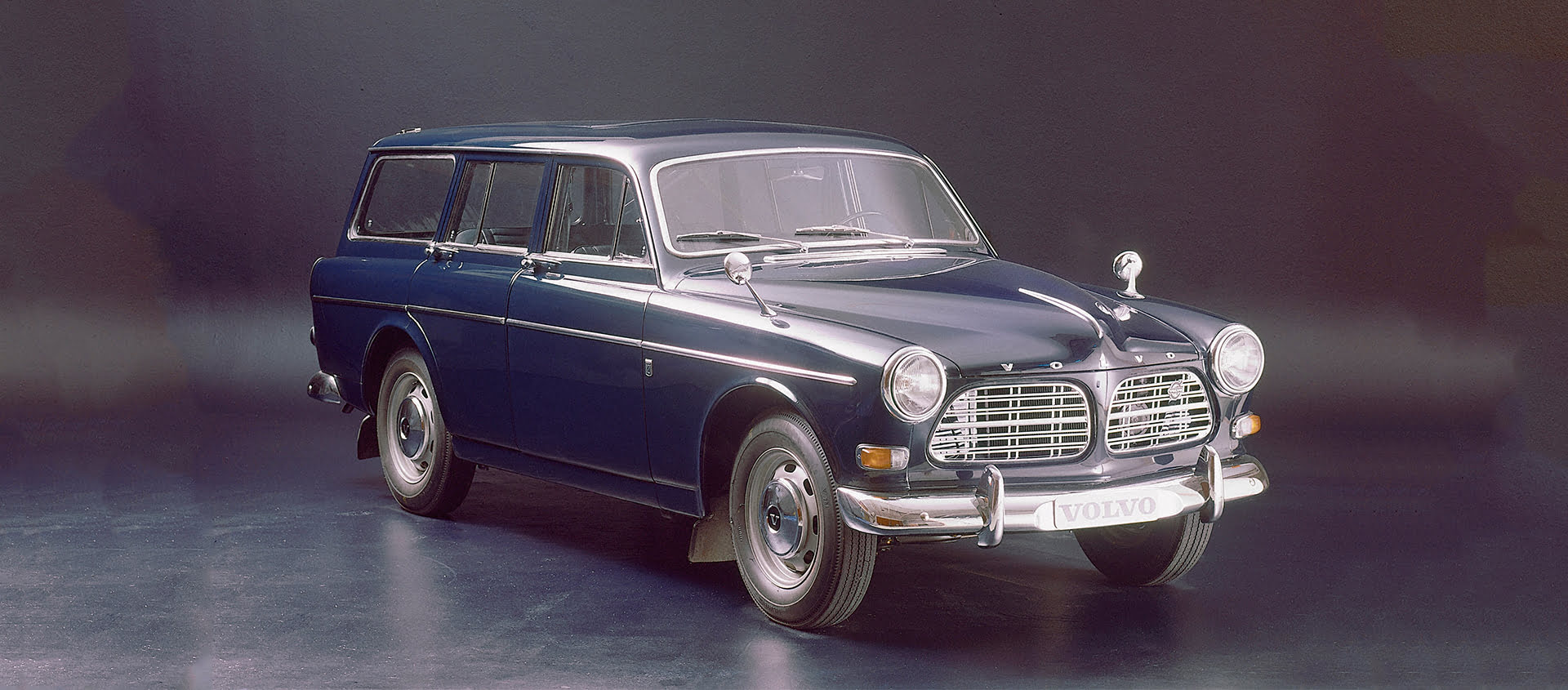
Even today, on many markets, Volvo is mainly associated with station wagons. Certainly, this style of body, which grew in popularity from the 1940s, becoming a fashion icon of the 1960s, owes its success largely to the Swedish car maker. In both America (from the early 1970s) and Europe, Volvo was the manufacturer that first developed the concept of the station wagon as a luxury car, putting paid to the idea that these were purely functional, utilitarian vehicles. Volvo boasts a long history of station wagons, stretching right back to 1947 and the PV 444. These vehicles, albeit initially utilitarian in nature, have in fact been a constant feature of the company’s product range ever since the early postwar years. The P220 Amazon is an evolution of the P120, which was a standard production sedan, first produced in 1957. Five years later, the P220 was unveiled in Europe, showing the world that station wagons can be fast, satisfying to drive, and every bit as comfortable as a sedan, as well as more spacious and practical. The P220 also boasted beautiful interiors and finishing.
Register to unlock this article
Signing up is free and gives you access to hundreds of articles and additional benefits. See what’s included in your free membership. See what's included in your free membership.
Already have an account? Log In
